
The entertainment world recently bid farewell to a true titan of comedy, Ruth Ann Buzzi, whose passing on May 1, 2025, at the age of 88, marks the end of an era for millions who grew up laughing alongside her. Best known for her unforgettable, purse-wielding spinster Gladys Ormphby on the groundbreaking comedy-variety show ‘Rowan & Martin’s Laugh-In’, Buzzi carved an indelible niche in television history. Her career, spanning over six decades, was a testament to her versatility, wit, and profound impact on the landscape of American entertainment.
Buzzi was not merely a performer; she was a cultural phenomenon, particularly in her role as Gladys, which transformed a simple handbag into comedy’s most revolutionary weapon. This character, alongside her numerous other memorable portrayals, showcased a comedic genius that was both sharp and universally relatable. Her ability to deliver a punchline with a single glare or a well-timed swing of her purse resonated deeply with audiences, making her a beloved figure who transcended the confines of the sketch comedy format.
This in-depth tribute embarks on a journey through Ruth Buzzi’s remarkable life and career, tracing her path from her formative years in New England to her ascension as a national treasure. We delve into the pivotal moments that shaped her artistic identity, celebrated her triumphs on both stage and screen, and immortalized her as a comedic icon whose legacy of laughter continues to bring joy to new generations. Her contributions to comedy, particularly her foundational work on ‘Laugh-In’, remain a vibrant and essential chapter in the annals of Hollywood history.

1. **Formative Years and the Stage Door Call**: Ruth Ann Buzzi’s journey into the world of entertainment began far from the glittering lights of Hollywood, rooted in the serene, coastal landscape of Westerly, Rhode Island, where she was born on July 24, 1936. Her heritage was a blend of New England resolve and European artistry, with her father, Angelo Peter Buzzi, an immigrant from Arzo, Switzerland, establishing himself as a nationally recognized stone sculptor. This creative and industrious environment, nurtured in the village of Wequetequock in Stonington, Connecticut, undoubtedly instilled in young Ruth a deep appreciation for craft and expression, as she was raised in a stone house overlooking the ocean at Wequetequock Cove, where her father owned Buzzi Memorials.
Her early life gave little indication of the comedic force she would become, though signs of her future dynamism were present. She attended Stonington High School, where she notably served as head cheerleader, a role that perhaps hinted at her innate ability to command attention and lead. It was at the tender age of 18 that Buzzi made a pivotal decision, moving across the country to enroll at the prestigious Pasadena Playhouse College of Theatre Arts. This bold move underscored her serious commitment to her craft and her ambition to pursue acting professionally.
The Pasadena Playhouse proved to be a crucible for burgeoning talent, and Buzzi found herself in esteemed company. Her classmates included future cinematic legends like Dustin Hoffman and Gene Hackman, indicating the high caliber of the institution and its students. Ruth Buzzi graduated with honors in June 1957, having laid a solid foundation in theatrical arts that would serve as the bedrock of her exceptionally diverse and enduring career.
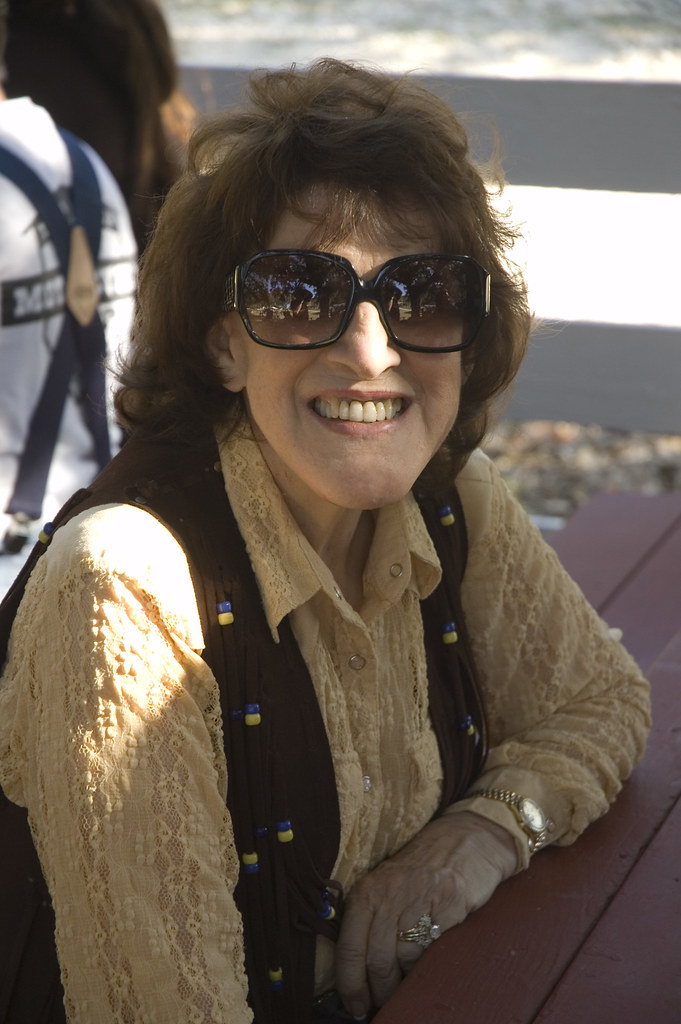
2. **Early Triumphs and Theatrical Roots**: Even before earning her diploma from the Pasadena Playhouse, Ruth Buzzi was already a working union actress, a remarkable feat that spoke to her precocious talent and unwavering drive. Her very first foray into show business, at just 19 years old, saw her traveling with the renowned singer Rudy Vallée in a live musical and comedy act during her summer break from college. This invaluable experience not only provided her with professional stage time but also allowed her to graduate with an Actors’ Equity Association union card, a significant credential for any aspiring performer.
Following her graduation, Buzzi wasted no time in making her mark on the New York theatrical scene. She moved to New York City and was immediately hired for a lead role in an off-Broadway musical revue, the first of 19 such productions she would perform in around the East Coast. This period was a vibrant training ground, where she honed her comedic timing and stage presence alongside other young, talented individuals who were also on the cusp of stardom, including Barbra Streisand, Joan Rivers, Dom DeLuise, and Carol Burnett.
Her burgeoning career was not confined to the stage; Buzzi also made numerous television commercials, demonstrating her versatile appeal across different media. Some of these commercials garnered national recognition, including the coveted Clio Award, highlighting her early success in capturing public attention and validating her commercial appeal even before her comedic zenith on network television. These early triumphs showcased a performer ready for the national spotlight.

3. **Broadway Acclaim: ‘Sweet Charity’ and Stage Versatility**: While Ruth Buzzi was steadily making inroads in television, she never truly abandoned her theatrical roots, continuing to demonstrate her profound versatility and commitment to live performance. From 1966 to 1967, she took to the esteemed Broadway stage, joining the original cast of the hit musical ‘Sweet Charity’, starring the legendary Gwen Verdon. This engagement showcased a different facet of Buzzi’s talent, emphasizing her capabilities beyond purely comedic roles and highlighting her strength as a character actress.
Her involvement in a major Broadway production like ‘Sweet Charity’ underscored her reputation as a formidable and respected performer within the professional acting community. It demonstrated that she was not just a comedic force but a well-rounded actress capable of holding her own alongside Broadway’s finest, further solidifying her credentials in the demanding world of live theater and adding a significant dimension to her impressive résumé.
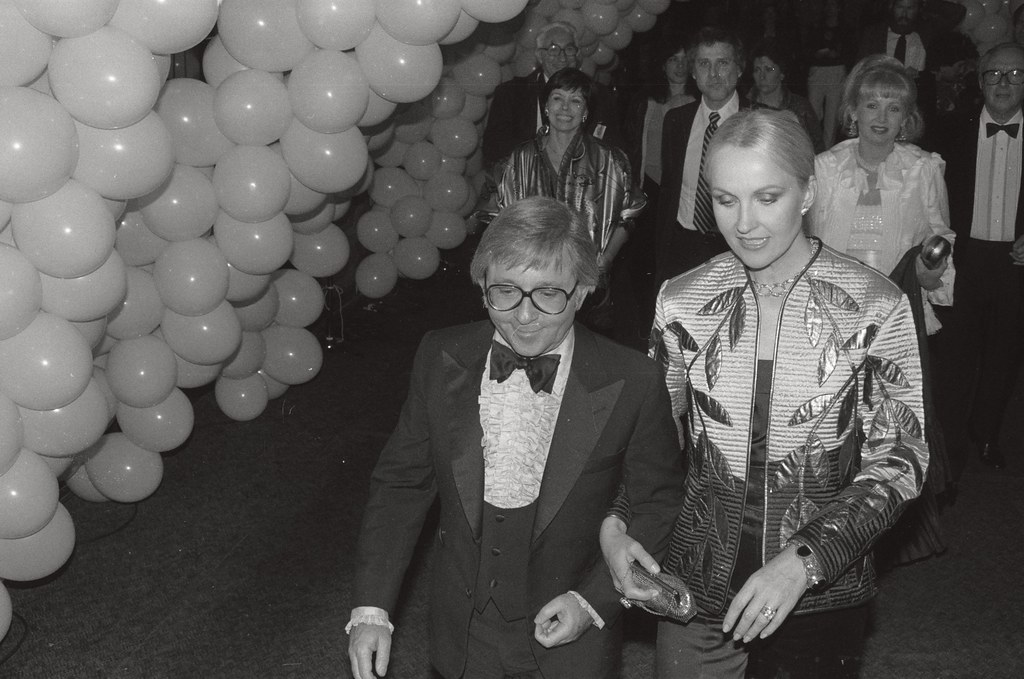
4. **Gladys Ormphby: The Purse-Wielding Icon Who Defined a Generation**: Of all the characters Ruth Buzzi brought to life on ‘Rowan & Martin’s Laugh-In’, none achieved the iconic status and cultural resonance of Gladys Ormphby. This “spinster” character became synonymous with Buzzi’s name, instantly recognizable for her drab brown attire, her tightly pulled bun hairdo, and, most famously, the visible hairnet knotted squarely in the middle of her forehead. Gladys was a figure who, despite her seemingly unassuming appearance, possessed a fierce and unforgettable spirit.
The distinctive look of Gladys Ormphby, particularly her signature hairnet, was not an invention for ‘Laugh-In’. Buzzi revealed that she first adopted this memorable aesthetic when playing Agnes Gooch in a school production of ‘Auntie Mame’. It was a detail that perfectly encapsulated the character’s persona – prim, proper, yet with an undercurrent of barely contained exasperation. This visual identity, combined with Buzzi’s performance, made Gladys an immediate standout.
However, it was Gladys’s signature weapon that truly endeared her to millions: her purse. In most sketches, the handbag was not just an accessory but an extension of her wrath, which she would vigorously flail away at anyone who dared to incur her displeasure. Her most frequent target, and comedic foil, was Arte Johnson’s “dirty old man” character, Tyrone F. Horneigh. Their park bench encounters, with Tyrone’s lecherous advances consistently met by Gladys’s pugnacious purse-swinging, became a hallmark of ‘Laugh-In’ and an enduring symbol of resistance delivered with comedic precision. The image of Gladys, defiant and ever-ready with her weaponized accessory, resonated deeply and became an unforgettable fixture in the landscape of 1960s and 70s television comedy.
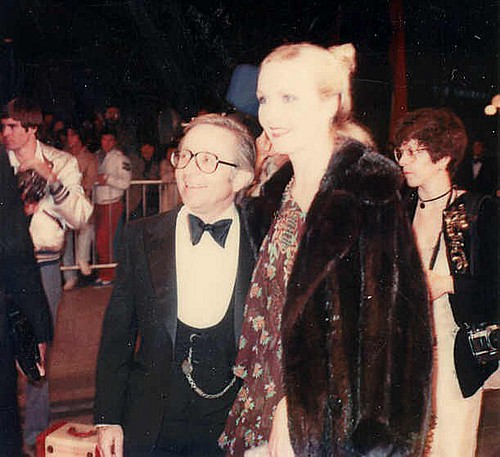
5. **Beyond the Park Bench: Gladys’s Enduring Legacy**: The comedic brilliance of Ruth Buzzi’s Gladys Ormphby, particularly in her interactions with Arte Johnson’s Tyrone F. Horneigh, proved so potent that it transcended the live-action sketches of ‘Laugh-In’ and solidified its place in popular culture. Their dynamic was so beloved that NBC recognized its potential for broader appeal, collectively dubbing the pair “The Nitwits.” This moniker would soon lead to a new animated venture, expanding the reach of Buzzi’s iconic character to a younger audience.
In the mid-1970s, “The Nitwits” came to animated life as part of the series ‘Baggy Pants and the Nitwits’. Crucially, both Ruth Buzzi and Arte Johnson lent their voices to their respective roles, ensuring that the authentic comedic spirit of Gladys and Tyrone was preserved in their cartoon incarnations. This move demonstrated the enduring popularity of the characters and their unique comedic chemistry, proving that their appeal was not limited to the visual medium of live sketch comedy.
Furthermore, Gladys Ormphby’s presence extended beyond her original show and cartoon spin-off. Buzzi made numerous guest appearances as Gladys on the NBC Dean Martin Celebrity Roasts, filmed live from the MGM Grand Hotel in Las Vegas. In these high-profile specials, Gladys would hilariously rant about and pugnaciously attack notable roastees, including figures as diverse as Muhammad Ali, Frank Sinatra, and Lucille Ball. Invariably, she would also turn her purse-wielding wrath on Dean Martin himself whenever he dared to make disparaging remarks about her looks or romantic prospects, cementing Gladys Ormphby as an enduring comedic figure capable of bringing laughter to any stage she graced.
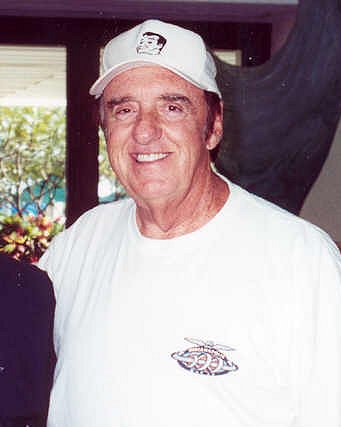
6. **Diverse Television Appearances Beyond ‘Laugh-In’**: While Gladys Ormphby cemented Ruth Buzzi’s place in comedic history, her career was far from confined to the park bench of ‘Laugh-In’. Her remarkable versatility saw her grace numerous other television series, expanding her repertoire and reaching diverse audiences. Immediately following her ‘Laugh-In’ success, Buzzi demonstrated her range by being featured in the second season of the popular comedy ‘That Girl’, where she charmed viewers as Marlo Thomas’s friend, Margie “Pete” Peterson.
Buzzi ventured into children’s television in a significant way, starring alongside Jim Nabors in the Sid and Marty Krofft-produced series ‘The Lost Saucer’. In this imaginative show, she delighted young audiences as Fi, a time-traveling android, across 16 episodes that aired from 1975 to 1976. Her ability to transition from adult-oriented sketch comedy to family-friendly sci-fi underscored her adaptable talent and willingness to explore varied genres, further solidifying her presence in the television landscape.
Her guest appearances became a staple across the television dial, showcasing her comedic timing and ability to enhance any ensemble. She appeared on ‘Alice’ in 1981, made memorable turns on ‘Donny & Marie’, ‘The Flip Wilson Show’, and ‘The Carol Burnett Show’. The Dean Martin Music and Comedy Hour, alongside the Dean Martin Roasts, frequently welcomed her distinctive humor. Buzzi also captivated audiences on variety series, brightened game shows as a celebrity contestant, served as a judge on ‘The Gong Show’, and made eight notable appearances on ‘The Tonight Show Starring Johnny Carson’, demonstrating a career that thrived far beyond her most famous role.
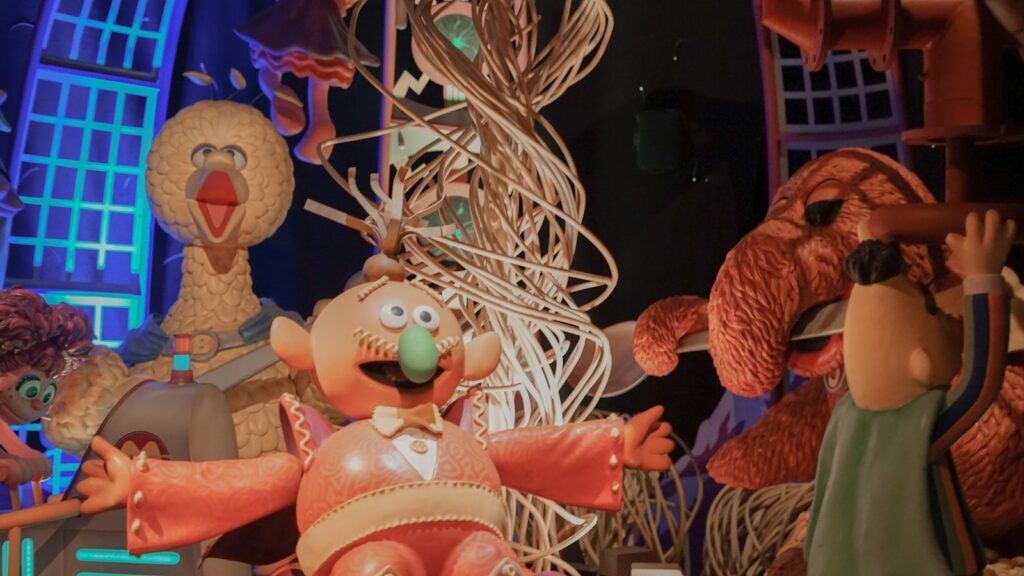
7. **Prolific Voice Acting Career: Lending Her Voice to Generations**: Beyond her live-action and stage performances, Ruth Buzzi carved out an extensive and influential career as a voice actress, becoming a familiar, albeit unseen, presence for millions of children and adults. Her distinctive voice, capable of conveying both warmth and comedic exasperation, made her a sought-after talent in the animation industry, allowing her to reach new generations and mediums.
One of her most recognizable voice roles was as Nose Marie in the Hanna-Barbera animated series ‘Pound Puppies’, which aired for 26 episodes starting in 1986. Prior to this, she had also lent her voice to Mama Bear in the beloved ‘Berenstain Bears’ series from 1985 to 1987, embodying a comforting yet often comically flustered maternal figure for 52 episodes. These roles established her as a cornerstone of animated programming in the 1980s, showcasing her ability to craft endearing characters through voice alone.
A particularly significant chapter of her voice acting career began in 1993 when she joined the iconic cast of ‘Sesame Street’. She brought to life Ruthie, a cheerful shopkeeper, and voiced the memorable characters Suzie Kabloozie and her pet cat, Feff, in animated segments shown until 2008. She reprised her role as Ruthie in several ‘Sesame Street’ specials and the feature film ‘The Adventures of Elmo in Grouchland’, cementing her beloved status among generations of children.
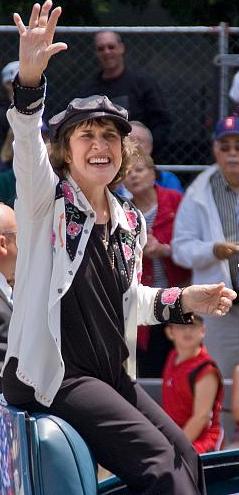
8. **Final Years: Health Battles and Continued Wit**: As Ruth Buzzi entered her later years, her life, while still filled with moments of joy and connection, became a testament to her resilience in the face of significant health challenges. Diagnosed with Alzheimer’s disease in 2012, she bravely navigated a decade-long battle with the condition, which ultimately led to her passing.
Despite the progressive nature of Alzheimer’s, Buzzi’s indomitable spirit and quick wit occasionally shone through, reminding the world of the sharp comedic mind that had entertained millions. In July 2022, after suffering a series of strokes, reports indicated she was improving, and her response to her health ordeal exemplified her characteristic humor. She famously tweeted, “Some people have strokes of luck; I had the other kind,” a perfectly timed and poignant remark that demonstrated her enduring ability to find humor in adversity.
These later years also saw Buzzi actively engaging with her fans, showcasing her characteristic warmth and gratitude. In 2023, amidst rumors of her passing, the then 86-year-old comedian took to social media to dispel the misinformation, reassuring her audience and once again demonstrating her connection to the public that had adored her for decades. This period, marked by both physical decline and moments of sparkling clarity, highlighted the grace and strength with which she faced her final curtain call.
Ruth Buzzi’s journey, from a young girl in a stone house overlooking the ocean to a national treasure who could silence a room with a glare or bring it to its knees with a purse, is a narrative woven with threads of tenacity, talent, and profound generosity. In a business often fleeting, her six-decade career stands as a monument to authenticity and comedic brilliance. She showed us that true humor can be both sharp and universally relatable, leaving behind not just laughs, but a blueprint for resilience and a legacy that will continue to inspire and entertain long after her final bow. Her memory, much like Gladys’s perfectly aimed purse, will forever strike a chord in the heart of American comedy.



